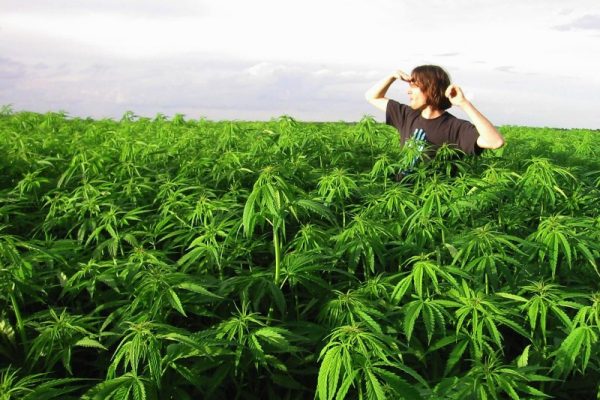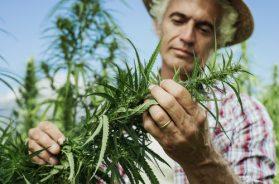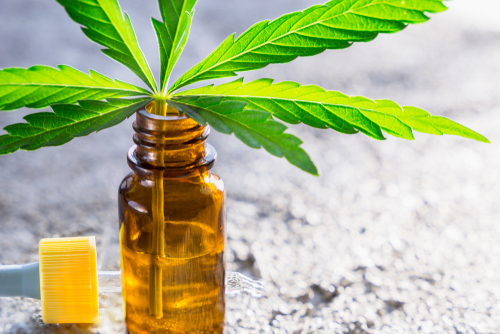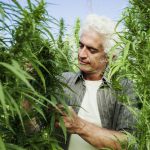One of the biggest misconceptions in the media and even within the cannabis industry is that CBD oil is produced from industrial hemp.
Numerous articles published by mainstream media that discuss CBD oil claim that it is produced from industrial hemp. Most even go so far as to make a point of saying that industrial hemp and marijuana are two completely different plants. And many websites that sell CBD still claim that their products are made from industrial hemp extract. Even some industry publications make the same mistake.
While it may be true that industrial hemp and marijuana are, indeed, completely different plants, it is certainly not true that CBD is made from industrial hemp. Nor is it true that the plants from which CBD is extracted are completely different from marijuana.
A closer look at industrial hemp
Industrial hemp has probably been a staple crop of the human race, since before recorded history. The late mastermind Carl Sagan hypothesized that, because it was so valuable to the human race, cannabis was likely the very first plant to be domesticated and cultivated by man. There is historical evidence of the use of cannabis in medicine going back thousands of years.
Cannabis was made illegal in America in 1937. Eventually, most of the civilized world followed suit. Today, however, countries in Europe and Asia have continued to cultivate the industrial hemp with which we are familiar.
Not one state-licensed cannabis producer in the U.S. grows industrial hemp.

The two types of industrial hemp
There are two types of industrial hemp. There’s the type grown to produce fiber for textiles and industry, and there’s the type used to produce hemp seeds for food. Both of these plants are sewed in vast fields with as many as 30 plants to a square meter. They grow tall and thin — anywhere from six to fifteen feet in height.
The hemp strains which are preferred for fiber grow tall very quickly. To produce the strongest fibers, the plant is often harvested well before it matures. The biomass of this harvest is so low in cannabinoids and terpenes that it would be economically prohibitive to produce a high-quality extract that is rich in cannabinoids.
The hemp that is preferred for seed also grows tall and fast. In order to produce seeds, both male and female plants are grown. Because they are grown in such proximity the only flowers to speak of are found at the very top of the plant. Once these flowers are fertilized, they effectively stop producing cannabinoids and terpenes in any abundance and put all their energy into producing the seeds. As with the type of hemp used to produce fibers, it would be economically infeasible to produce a high-quality extract from this plant as well.
A closer look at cannabinoid-rich hemp
Not only is the hemp used to produce CBD oil not to be considered industrial hemp, but it is also not even descended from industrial hemp. The strains used to produce CBD oil today did not even exist before the mid-1990s.
Interestingly, it would be quite challenging to find a single article from the mid-nineties (when the mainstream media picked up the CBD story) that claims that cannabidiol is produced from hemp. The vast majority of the headlines back them trumpeted CBD as “the medicinal compound in marijuana that doesn’t get you high.”

So where does CBD oil come from if it’s not extracted from industrial hemp?
CBD oil produced in the U.S. is typically produced from cannabis strains known as CBD-rich hemp, or PCR hemp (phytocannabinoid rich hemp).
Not only are these strains nothing like industrial hemp, but they are also not even a modified breed of industrial hemp. PCR hemp strains are, in fact, strains of marijuana which have had the THC bred out of them. They look like marijuana, they smell like marijuana, and they are grown using the same methods as marijuana.
Whereas industrial hemp is grown closely packed, PCR hemp is grown in plots and pots like marijuana. Rather than growing tall and spindly, PCR hemp grows shorter and bushier (although they can be rather massive).
Rather than producing a large flower cluster at the top, PCR hemp strains produce abundant, resinous buds, much like marijuana.
Obviously, these plants are not harvested before they reach maturity. Not only are male plants not required, but they are also not even grown. If male plants show up, they are culled as soon as they show their sex. More often than not, PCR hemp is grown from feminized seeds, or from clones from a female plant.
And because they produce abundant cannabinoids and terpenes, PCR hemp strains smell just like marijuana.
As a matter of fact, the only things that these two crops have in common is the fact that they are both of the plant family known as Cannabaceae and that neither of them would cause a fly to become high.
(179)





Leave A Reply